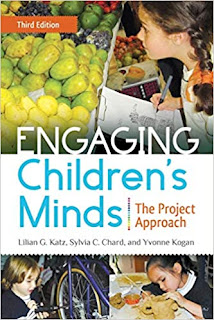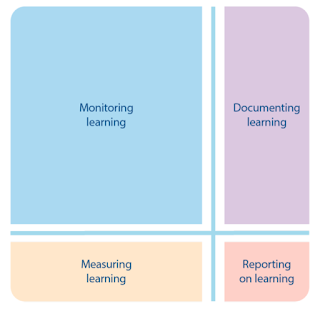Read Alouds

The teaching assistant and I have spent the day setting up the basics of the Kindergarten learning environment. Picture books and read alouds were a recurring theme in our conversations, far beyond only having a "book corner". "There is more treasure in books than in all the pirates' loot on Treasure Island." Walt Disney Mem Fox is a strong advocate of reading aloud. More on her perspectives can be found here . Kath Murdoch has written a wonderful blog about how to inspire inquiry though picture books. There are many things that we can use to read aloud from (Eg. stories, poems, song lyrics, non-fiction texts, play scripts etc). Our purpose and manner of reading aloud may vary depending on if it is to entertain, think aloud or model a specific reading behaviour or strategy. Why should we read aloud? Kathy Short encourages us to view reading as inquiry and urges us to support children to critically read the word and the world. Children learn language - We



